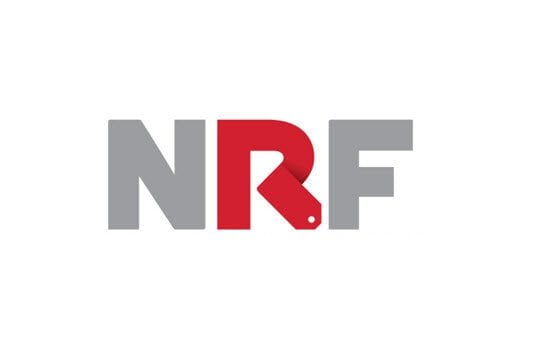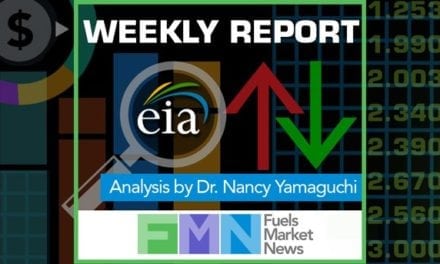Mother’s Day spending is expected to total a record $25 billion this year, up from $23.1 billion in 2018, according to the annual survey released today by the National Retail Federation. A total 84 percent of U.S. adults are expected to celebrate in honor of their mothers and other women in their lives.
“Mother’s Day spending has been growing consistently over the past several years, and this year’s spending is expected to be the highest in the 16-year history of our survey,” NRF President and CEO Matthew Shay said. “Consumers are excited to celebrate all the moms in their lives, and retailers are ready to inspire consumers with unique gift options.”
While the number of people celebrating Mother’s Day is in line with last year’s 86 percent, those celebrating are expected to spend more at an average $196 compared with $180 in 2018. Consumers ages 35-44 are likely to spend the most at an average $248, up from $224, and men are likely to spend more than women at $237 compared with $158.
Newer models of gift-giving including special outings and gift cards are growing, in addition to more traditional gifts including flowers, greeting cards, and jewelry. Increased spending on jewelry represents 31 percent of the expected increase over last year.
According to the survey, consumers plan to purchase the following for Mother’s Day:
Many of those celebrating cited finding something unique (44 percent) as the most important factor when picking out a Mother’s Day gift, followed by one that creates a special memory (39 percent). More than 8 in 10 (81 percent) indicate they will look to retailers for gifting inspiration.
“Mother’s Day is about celebrating a very special person or persons in your life,” Prosper Vice President of Strategy Phil Rist said. “Consumers today want to make sure they’re gifting mom something that will make her feel loved. And they’ll use all the inspiration and guidance they can get in finding that perfect gift.”
The 2019 survey of 7,321 U.S. adults 18 and older was conducted April 1-11 and has a margin of error of plus or minus 1.2 percentage points.










